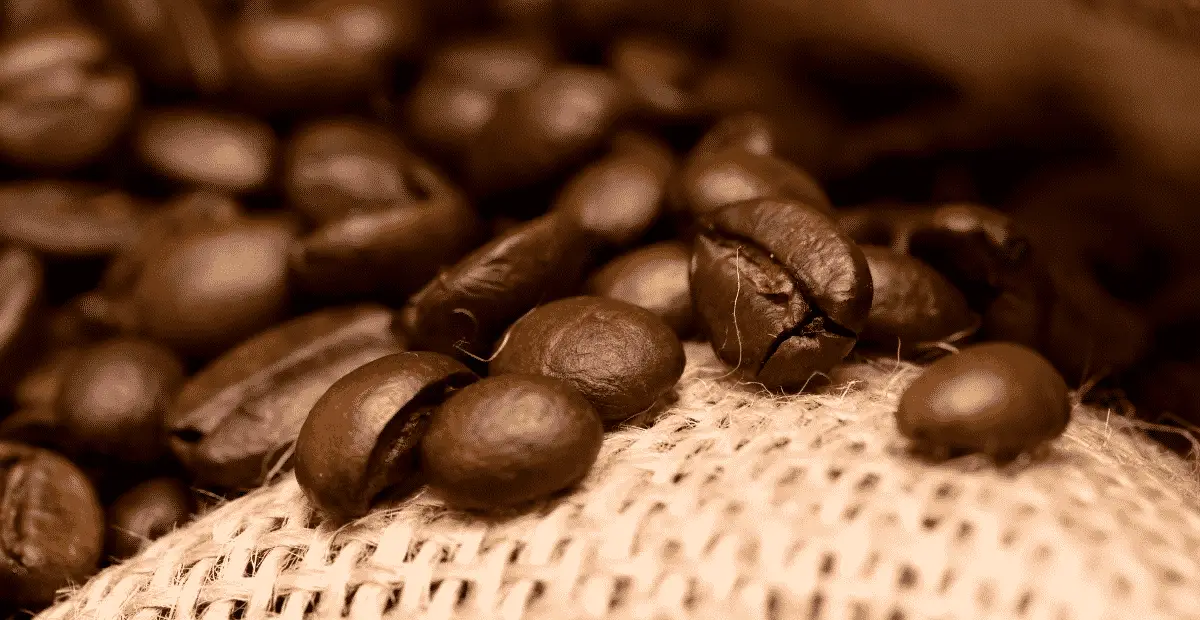Which type of coffee do you prefer? Cold brew or iced coffee? The two can be both iced coffee but prepared in different ways. You’ll soon find out which do you prefer as you delve deeper.
If a pack of coffee beans is labeled as cold brew, it could only mean one thing. The pack is specifically prepared for cold brewing. It may have a filter bag included, and the bean is coarsely ground, so you’re ready to get going. It’s dark roasted from a choice of green beans that are full-bodied and usually have chocolatey characteristics.
However, even though that’s the case. You can do whatever you want with the cold brew beans, filter drip, French press, or percolator.
Is Cold Brew Coffee Different?
Cold brew is different from any other brew and different from regular iced coffee, made by cooling and putting ice on previously prepared hot coffee. Cold brew literally means steeping coffee grounds with cold water, usually done in the fridge for an extended period.
Cold brew is smoother and friendlier to the tummy because of less acidity. If you love coffee but often suffering from a tummy ache, then cold brew is for you. But don’t choose just any beans. Select a dark roasted bean, so you’re sure to extract less acid.
It often uses darker roast coffee beans because it’s easier to extract even without hot water. Besides, lighter roast coffee has a more acidic flavor which is not desirable.
It has a relatively long shelf life. Although hot brewed coffee’s shelf life is about 12 hours, you don’t want to drink it once it gets cold. Reheating makes the taste stale. On the other hand, Cold brew lasts for 2 weeks inside the fridge and 2-3 days once diluted with water.
Cold Brew Preparation is Long but Overly Simple
Expresso coffee and a delicately prepared filter drip coffee can be quite intimidating because of the equipment required. On the other hand, you can easily make cold brew with a mason jar and filter paper or with French Press.
For hot coffee preparation, temperature and timing are critical. Too hot and too long will extract unwanted bitter substances. At the same time, the cold brew coffee rule is lenient. Pour cold water into coffee grounds and refrigerate for 16 to 20 hours.
The cold brew hot bloom method is a little different, though. It uses hot water for the first few seconds to give the brew more acidity. At this time, temperature and timing also become critical.
You cannot enjoy cold brew coffee as quickly as other brews. Coldwater has a weak extracting power, so it needs a considerable amount of time to prepare. The need for refrigeration to prevent the coffee from getting stale makes the process slower.
If you’re going to order cold brew coffee from the coffee shop, it often costs more than your regular brew. It’s so because once the stock runs out, they call it a day. They cannot make some hot brew, cool it down, and call it a cold brew. Customers will immediately know, and the business is done the next day.
Going for the Full-bodied and Chocolatey Coffee
For your first trial, choose a full-bodied coffee with chocolatey taste. Body refers to heaviness as felt by the tongue, which is mostly contributed by coffee oils. Often, full-bodied coffee feels syrupy or buttery. Expresso and Coffee Guide said the three best full-bodied coffee are Sumatra Mandheling, Kenya AA, and Guatemala Antigua.
Choosing the three specific coffee is not a hard and fast rule. I suggest using it as your benchmark. You can find better-performing coffees along the way.
Robusta coffee, the variety commonly used for instant coffee, is often full-bodied. With the right growing conditions, harvesting, and roasting, this variety could be as good or even better than your favorite coffee brand.
Moderating the Caffeine Load for Mental Alertness
Cold brew tends to have higher caffeine than hot brews, mainly because cold brew uses more than twice coffee grounds as hot brewing. But with the same amount of coffee, hot brewing extracts more caffeine. If you’re cutting back on caffeine, always dilute the cold brew concentrate before drinking. Furthermore, no one will punish you for shortening the 16-20 hours cold brew time. In fact, Vinerepair only recommends 6 to 12 hours of brewing time.
Moderating your caffeine could be beneficial. According to Harvard Medical School, 2017, moderate caffeine consumption boosts mental alertness, memory, and physical performance.
According to a study conducted by Niny Z. Rao and Megan Fuller, 2017, caffeine extraction begins after 6 hours during cold brewing. You may want to stop at this period if you’re cutting back on the substance. Otherwise, continue brewing.
Cold Brew Coffee Has Less Antioxidant Value but There Is A Way Around It
Niny Z. Rao and Megan Fuller, 2018 said, hot brew coffee has more antioxidants than cold brew. So if you’re a health fanatic, go for hot brew instead. Or play it the other way around. Go for the cold brew hot bloom method. Use hot water for a few seconds to extract the desired antioxidant, then pour in cold water. It’s getting the best of both worlds.
Which Coffee Beans Are Best for Cold Brew?
You can use any meticulously prepared coffee beans for cold brew. It boils down to your own preference. The cheapest coffee beans you can get can be made into a cold brew. However, if you are looking for quality, then choose the best coffee you can get. Choose a dark roast with sweet chocolatey characteristics. Often, coffee selling websites like Peet’s Coffee have a buyer guide to help you get started.
Medium roast is fine but stay away from light to super light roast. They have high acidity content, which is often not desirable for cold brew. Besides, cold water weak extracting power won’t get all the coffee goodness you wanted.
Final Thoughts
Before you do your first cold brew trial, there are few more things you need to consider.
Get a decent digital weighing scale and trusty measuring cups. I said cold brew preparation is overly simple, but you need to make all things as accurate as possible. Measure and record every ground and water you use and also the length of brewing.
Also, provide a trustworthy digital thermometer. It’s a cold brew, but you need to record how cold the temperature is. If the recorded temperature is changing for every batch, then you have a problem with your fridge. It would help if you kept the temperature constant for a consistent cold brew taste.
Always start with freshly roasted beans. While it’s tempting to get a pre-ground from the nearby shop, you shouldn’t do it. Freshly roasted beans can last up to 3 months and quickly disintegrates when ground.
Get yourself a manual burr-type grinder. Not the electric and fast type blade grinder. No matter how long or short you grind, some coffee will become a fine powder that will contribute to coffee silt. A manual burr grinder, on the other hand, with the right setting will give you a more consistent grind.
Start with a coarse grind first, then gradually make it finer until you get the right size that produces the flavor you desired.

